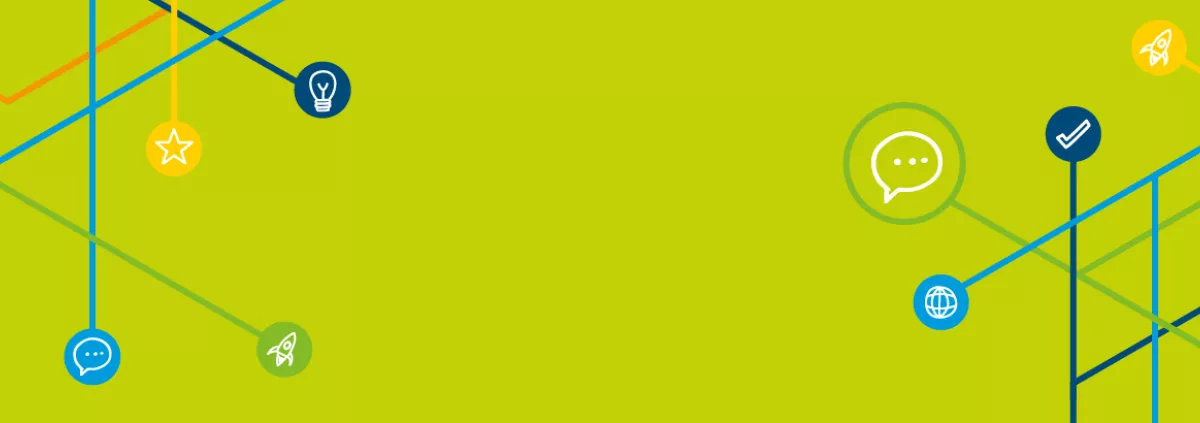What theories do I have to take into account when working on curriculum development?
Curriculum definition
What is a curriculum? There are many definitions of a curriculum, but there are also many similarities between those definitions. As a very short definition, a curriculum can be seen as a written plan for learning. Van den Akker (2009) defines what needs to be written down to be able to call it a curriculum. He defines curriculum as a written plan for learning consisting of (a set of) learning goal(s), one or more learning and teaching activities, and materials organised in a way that is consistent with the goals and activities.
Cedefop (2010) also uses different definitions of curriculum in their publications. In their comparative analysis of learning outcomes in VET curricula, they define curriculum as a normative document (or a collection of documents) setting the framework for planning learning experiences. Depending on the country, the institution and the type of education and training, curricula may define, among other, learning outcomes, objectives, contents, place and duration of learning, teaching and assessment methods to a greater or to a lesser extent.
Curriculum representations
How does a curriculum become visible? This is an important aspect to think about when developing a curriculum, because a curriculum can have different representations. Sticking to the simple definition, it is a written plan of learning, which would mean that a curriculum only becomes visible on paper (or screen). In reality, there was a process before the curriculum was written down and there will be a process of implementing the written curriculum during which changes in the curriculum can occur. Therefore, it is important to take the different representations into account, as with each step interpretations are made by the users and those interpretations can differ from the intended curriculum and therefore can influence the final results. These representations are extremely useful when monitoring and evaluating the processes and outcomes of a curriculum (re)design process. The table shows the different representations of a curriculum (Goodlad, 1979; van den Akker, 2003).
Table: Representations of curriculum
Each curriculum starts with ideas on what needs to be accomplished, and the best way to achieve the desired results. Especially at the higher levels, more than one person will be involved in the design process. The written curriculum is therefore the result of discussions between different stakeholders. Hence, it will be a compromise of the individual ideal curriculum each stakeholder had in mind. Once there is a formal or written curriculum it needs to be implemented. Teachers, who will often be the key actors in implementing curricula, will have their own interpretation (perceived curriculum) of the written curriculum, and based on that they will plan and provide their classes. In this process of interpreting the curriculum and implementing the curriculum, changes can occur that differ from the initial vision and ideas at the start of the curriculum design process. The implemented curriculum will result in an attained curriculum. The attained curriculum consists of the learning experiences (experiential) of the learners and the final learning outcomes (learned) achieved by them. This attained curriculum also plays an important role in curriculum evaluation. Did the learners acquire the skills, knowledge and attitudes the curriculum aimed at? If not, how can differences be explained? Is it because parts of the curriculum got lost in the translation processes between the different representations, or because of design decisions in the curriculum itself?
Curriculum levels
It is important to take into account the different levels at which curriculum development occurs. In general, we distinguish between four curriculum development levels: Macro, or national; meso, or regional; micro, or classroom; and nano, or the level of the individual learner. The curriculum of a specific programme is usually developed at macro or meso level. Teachers typically use these curricula to prepare their classes (micro level), and make adjustments for individual learners where needed (nano level).
The extent to which curricula are developed at macro or meso level depends on the context. There are countries that develop very detailed national curricula. In these cases, the written curriculum at macro level will be (almost) the same as the curriculum at micro level. In other countries, regions or schools have more autonomy to develop their own curricula. In these cases, the curriculum at macro level only provides a broader framework or is limited to the qualification standards.
In order to design and develop flexible and semi-permeable curricula, it is advisable to allow more autonomy at regional and school level, thus to develop curricula at meso level. In this way, it is easier to react to changes in market demands and to include all regional stakeholders in the curriculum development process. Another advantage of creating curricula at meso level is that it creates more ownership among teachers and local industries, which will make it easier to implement the curriculum as intended.
Further reading:
- SLO (2009). Curriculum in development. Enschede: SLO.
- Van den Akker, J. (2009). Curriculum design research. In Tj. Plomp & N. Nieveen (eds.), Educational Design Research (pp.37-52). Enschede: SLO.
- Cedefop (2010). Learning outcomes approaches in VET curricula. A comparative analysis of nine European countries. Luxembourg: Publications Office of the European Union.
- Goodlad, J.I. (1979). Curriculum inquiry. The study of curriculum practice. New York: McGraw-Hill.
- Van den Akker, J. (2003). Curriculum perspectives: An introduction. In J. van den Akker, W. Kuiper & U. Hameyer (Eds.), Curriculum landscapes and trends (pp. 1-10). Dordrecht: Kluwer Academic Publishers.

Please log in or sign up to comment.